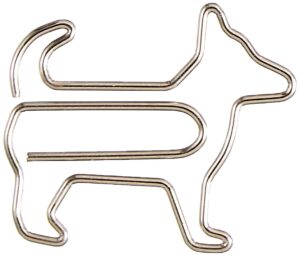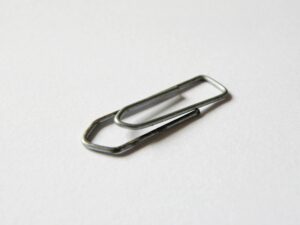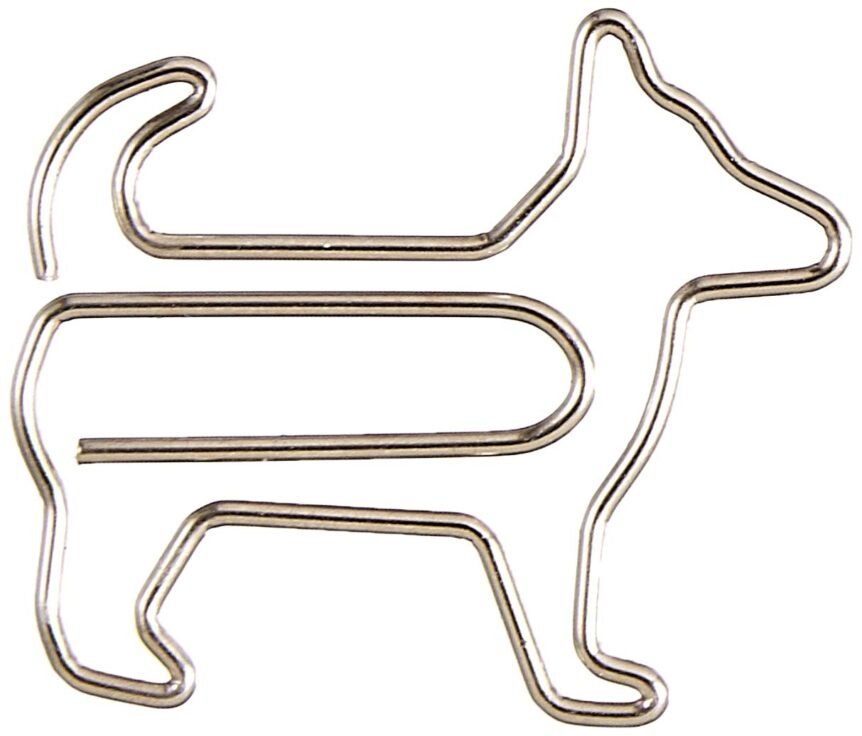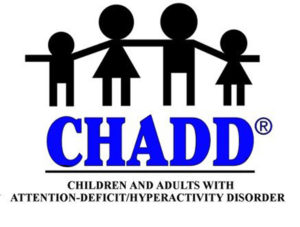I have a few problem-solving challenges that I’m working on.
First, creating a problem where there isn’t one (exhausting for me).
Second, trying to solve other people’s problems when they’ve yet to ask for my help (super annoying for them).
Third, creating a more complex solution than it needs to be (counter-productive). I refer to this as the “paperclip shaped like a dog” syndrome.
I’m going to address the third challenge today. And, based on conversations I’ve had recently, I’m not alone in this challenge.
Although this theme has come up time and time again, I’m going to use a simple, common challenge; remembering to do regular household tasks when needed.
For the basis of conversation, I think we can all agree that some tasks should be done regularly, and others come up on an “as needed” basis.
There are multiple ways to handle tracking tasks: simple or complex.
The first thought that comes to mind for many is finding the perfect app to automate tracking tasks. Depending on how your brain works, some may think this is the most complex route, while others may find it the most simple. Let’s pretend the app is the more complex of the two options.
The requirements for the app may be:
- Tasks are easy to load and organize
- Tasks are searchable.
- The app operates across different platforms (desktop, phone, tablet).
- Tasks can be color-coded.
- A task reminder is sent at the appropriate time.
- Tasks can be assigned to different household members.
Dopamine-searching brains will jump at the chance to spend hours looking for the perfect app, experimenting with a few before settling on the one to try. Then, once the decision has been made, convincing other stakeholders (family members, co-workers, etc.) that this is the way to go is critical. But, of course, the app could be better, so we spend a ton of time trying to modify it. This process could take days or weeks. All the while, tasks are falling through the cracks. We are trying to create a paperclip shaped like a dog. 
Or, we can as ourselves, “what is the simplest solution to this problem?”
For some, the simple solution might be a bunch of task-designated sticky notes that can be transferred from one day/week to the next. For others, it might be a spreadsheet. (If you love spreadsheets as much as I do, check out the selection of spreadsheet mugs at Zazzle.) Both solutions solve the problem, are low-tech, and are relatively easy to implement. In this scenario, we are creating a paperclip that looks like a paperclip.
So, what problem are you trying to solve that you may be overthinking? I’m betting there are a few things that could get done easier and faster if you focused on creating a simple, functional paperclip solution.
Side note: Now that I’ve piqued your interest in task organization apps, check out Lifehack’s Top 10 list. Full disclosure, I don’t use any of them. A simple spreadsheet continues to do the trick for me. 🙂
Cindy Jobs, PCAC, ACC
Looking for more information?
Click here for ADHD-friendly Time Management Tools
Click here to schedule a complimentary breakthrough session.
For more helpful information, follow me on Facebook.







